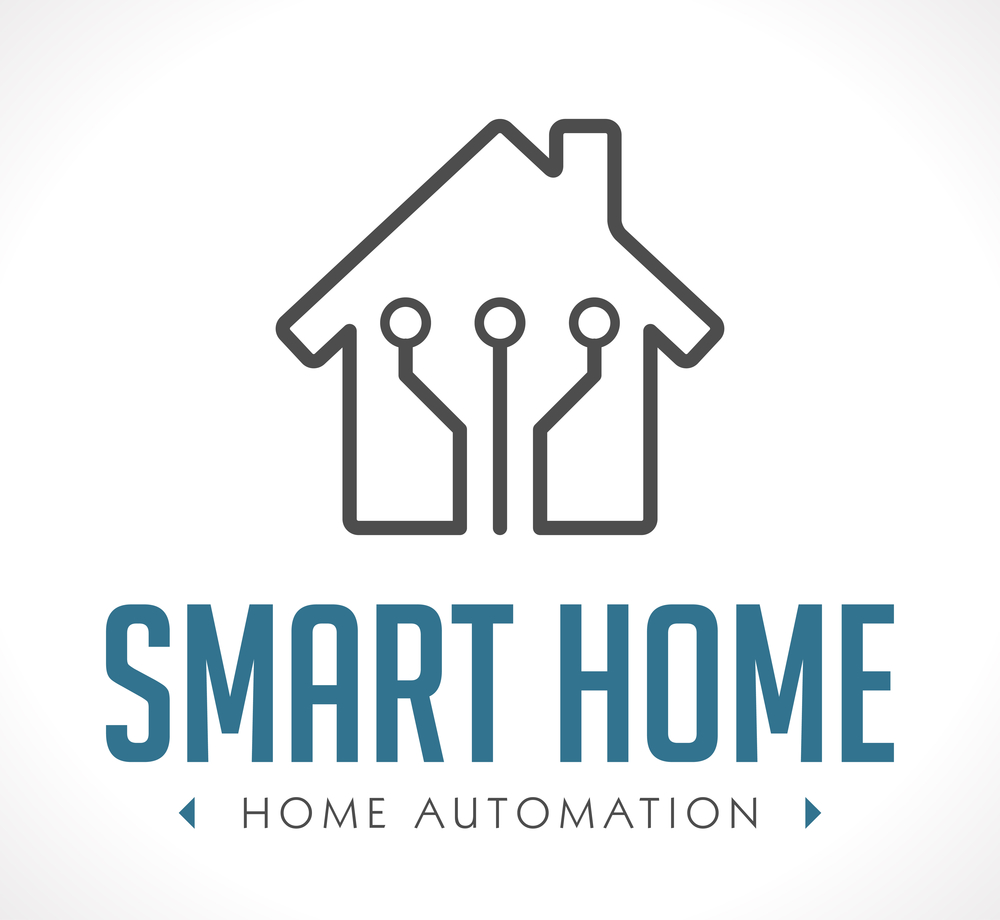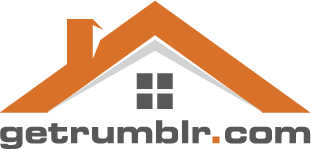Turn Your Ordinary House into a Clever Abode
From switches to speakers to locks, there is a multitude of home automation devices that can transform your ordinary household into a clever, responsive abode.

Let’s take a look at some of the best smart home devices categories today. We’ll examine some of the essential advantages of each type of device, so you can determine if it’s a good match for you, your home, and your lifestyle.
Home Automation Controllers
A home automation controller is an essential tool. It is used for the remote control and access to all your devices from a computer or mobile device such as a smartphone or tablet. The accessibility and control are not limited indoors; it allows you to gain control and access through the use of the Internet and as long as you have a connection to it. Turning the lights or appliances on and off, opening or locking doors, closing the garage, checking and adjusting the temperatures or humidity in different parts of your home, monitoring energy usage, or setting up motion detectors to send you instant notifications – all of these features can be done through a universal controller.
Picking the right controller can be quite challenging. An essential point to remember is to know what technologies are available and what you think your needs are for your home. In this context, “technology” refers to the type of protocol or communication that are used to connect different devices and to allow them to talk to each other. Some controllers are set to a specific type of technology; there are others that support multiple types of technologies. Check the combinations of technologies you prefer and the devices you want to be using to find the right automation controller for your home.
Smoke Detection Devices
Adding smoke detection as one of your smart home features is a no-brainer. It can ensure safety and peace of mind by notifying if and when something goes wrong, expediting calls to the proper emergency services when you are not home.
The general, primary function of smoke safety devices is this: when the alarm goes off, you’ll receive a notification straight to your mobile device, no matter where you are. Different devices cover different attributes, and a single device can differ vastly from one category to the other. This topic can be a whole separate post, which we will write about soon. For now, we recommend starting small. Consider the size of your house when selecting your smoke detection device. Start out by placing it in any high-traffic areas such as the kitchen so that you will get familiar with its performance and if you need to add to it.
Light Controls
Remote control light switches and dimmers come in wide varieties. It is also a favorite safety feature. Setting your lights to turn on and off while you are not home will lead others to believe that your home is not vacant, preventing burglary or other crimes. Switching on your porch lights before you head home after hours will add another safety precaution. Adding a remote dimmer to your hall lights and setting them up to function as a nightlight is another security step.
Home Energy Monitors
An energy monitor is a tool to help you better understand how much energy your devices are consuming. It can be connected to your electric meter, so you can see how much power is being used and what you can do to conserve it. Setting up timers, certain specifications, and remote operations are some of the features of an energy monitor. All of these settings can suggest more energy-efficient steps you can take.
Not unless you’re proficient with the inner workings of your circuit breaker, we advise that you consult a professional for an energy monitor installation service. Though there are do-it-yourself versions of a home energy monitor, it is not recommended to tinker with your circuit breaker if you don’t have the qualifications as it may cause shock hazards.
There are energy monitors that only watches one appliance at a time, while there are other household monitors that can give you a rundown of the energy usage of multiple machines. Additionally, some monitors can recognize different kinds of appliances. However, not all have this feature, and the technology doesn’t always deliver accuracy.


